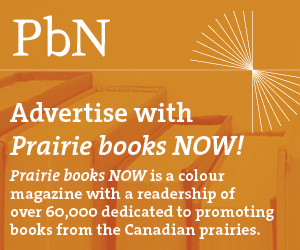Books feed our minds and fill our time. From children’s stories to novels, poetry, and academic texts, books play a crucial role in our lives, fulfilling the need for knowledge, shaping individuals and cultures, and helping inform ourselves, the ways in which we are in the world, and the ways in which we can expect to affect it.
Imagine if the majority of books were unreadable to you: the font too small, words jumbled, no clear separation between different sections, pages impossible to turn. At best, the reading experience would be unpleasant; at worst, there would be no reading experience to speak of, because you couldn’t read some or all of the book.

Daniella Levy-Pinto
An accessible book is one that can be used and understood by everyone. Unfortunately, many print and electronic books are not accessible to people with print disabilities (vision, mobility, or comprehension impairments), who read using assistive technologies such as screen readers and braille displays, screen magnification, and text-to-speech apps for computers or mobile devices.
According to current estimates, less than 10 per cent of all published materials in any given year are available in accessible formats.
The digital environment is great for accessibility because electronic devices can interpret digital files and digital systems. The advent of ebooks meant that, for the first time in history, blind and other print-disabled readers could gain access to the same books and publications at the same time as the rest of the population. For this to happen, however, that content must meet accessibility standards and use best practices to ensure its accessibility.
In 2019, the federal government announced a five-year strategy to ensure the funded sustainable production and distribution of accessible books over the longer term. They launched calls for projects that would specifically fund independent Canadian publishers, including publishers in the Prairie provinces, helping them make the transition to publishing born-accessible content.
There are many small things that publishers and other content creators can do to incorporate accessibility into their production process, and this can be done over time – it does not need to be done all at once.
While ebooks can be created accessibly from the beginning, there is an identified knowledge gap in the publishing industry around adding accessibility features. The National Network for Equitable Library Service (NNELS) is filling that gap by creating awareness and teaching independent publishers in Canada how to create books at the outset in a way that allows people with print disabilities to read them using whatever assistive technology they need.
NNELS has worked with over 50 publishers across the country, including dozens in the Prairie provinces. This work is directly informed by people with lived experience of print disability. It is rewarding to witness publishers realize that by taking steps to build accessibility features into their digital content, they are creating a better product for everyone.
There are many small things that publishers and other content creators can do to incorporate accessibility into their production process, and this can be done over time – it does not need to be done all at once. For example, ensuring that all text can be resized and customized to meet a reader’s needs and preferences, or having a complete table of contents, will make a more accessible book for all readers, with or without print disabilities, resulting in more inclusion. Every little step counts!
Daniella Levy-Pinto (she/her) is the manager of NNELS (National Network for Equitable Library Service), where she leads accessibility initiatives to prevent and eliminate accessibility barriers to digital content. She has been a user of assistive technologies for more than two decades in her different roles in academic and professional settings. In her work, Levy-Pinto promotes and informs a paradigm shift towards born-accessible content and inclusive design. She holds a PhD in political science from the University of Toronto.













